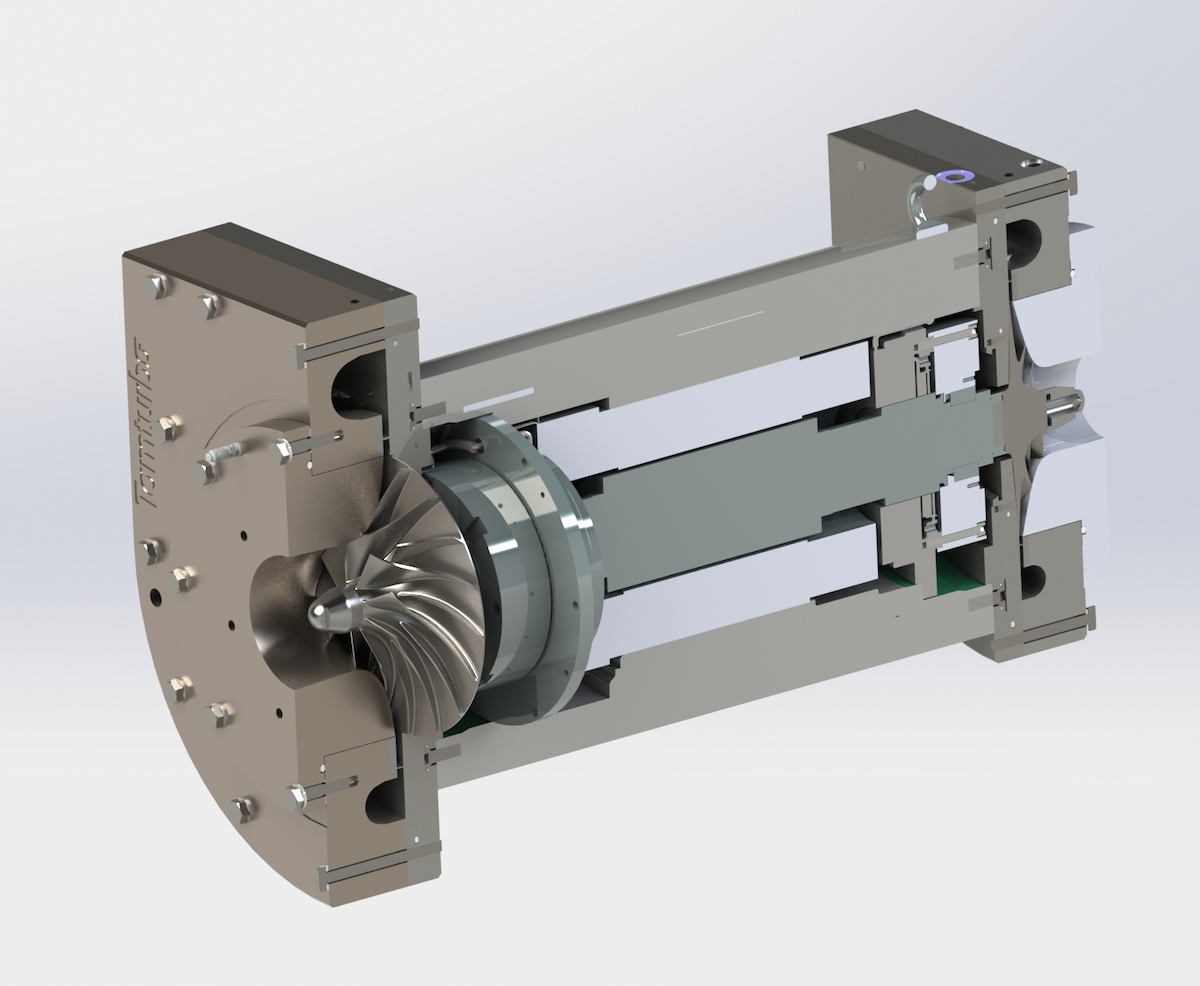A Carbon Handprint is the beneficial environmental effect of a product or service from the beginning to the end of its life cycle. It is essentially the positive actions that reduce carbon emissions, and subsequently, the average carbon footprint. Businesses are beginning to focus on increasing their carbon handprint alongside lowering their carbon footprint because it is a more proactive and wider way of tackling climate change.
Over the last two decades, there has been an increased focus on reducing the global carbon footprint—initiatives such as the Paris Agreement set objectives regarding CO2 emissions to regain control over global warming. The goal of the agreement is to limit global warming to well below 2, preferably to 1.5 degrees Celsius, compared to pre-industrial levels. To achieve this long-term temperature goal, countries aim to reach global peaking of greenhouse gas emissions as soon as possible to achieve a climate neutral world by 2050.
Governments and businesses must work continuously to reduce emissions and achieve environmental objectives over the coming decades. The primary focus is to transition, where possible, to renewable energy sources and sustainable industrial solutions.
While this remains a crucial focus in global politics, a fresh approach has emerged in recent years. A carbon handprint is essentially the inverse of a carbon footprint. It involves products, services, and strategies that positively impact the environment and reduce climate load.

What is a Carbon Footprint?
Before exploring the relatively new concept of a carbon handprint, it’s essential to determine what a carbon footprint is. A carbon footprint refers to the total amount of greenhouse gases generated by our actions.
To give this context, the average carbon footprint for a US resident is 16 tons, which is one of the highest rates of any country in the world. The global average is roughly 4 tons per person. To achieve the objective of avoiding a 2°C increase in global temperatures, the worldwide average carbon footprint must drop below 2 tons per person by 2050.
Reducing the average carbon footprint requires people to take personal responsibility for their actions. However, even more importantly, it also means countries and businesses must act to operate with increased sustainability.
The most common gases emitted by people and their actions contributing to global warming include carbon dioxide, methane, nitrous oxide, and fluorinated gases. Equipped with the knowledge that most of an individual’s carbon footprint is generated from transport, how they power their homes, and their food, people are well-positioned to reduce their environmental impact.
There are formulas to calculate your carbon footprint, allowing people to assess their impact and lower it where possible. It involves crunching the numbers regarding income, travel, expenditure, and diet.
However, even though it is important to discuss the issue on the individual level, it is crucial that we look into the other levels as well. Actions of individuals are easy to comprehend and talk about because they involve us all. Consequently, much of the discussion around the topic has been on the individual level – on the way we eat, live or travel. However, the focus is fortunately increasingly starting to turn towards the effects that countries, companies, industries and other entities have on the emissions.
What is a Carbon Handprint?
The term and processes surrounding carbon handprints were established in Finland. Historically, carbon emissions and environmental factors have been discussed in terms of negative impacts. The technical research center of Finland (VTT) and LUT University came together with Finnish-based businesses to find a way to evaluate and communicate positive environmental effects of business products and services. Finland-based businesses are uniquely positioned to develop and communicate positive environmental actions.
Whereas the carbon footprint describes the negative effects we have on the environment, the carbon handprint focuses on the positive effects. The handprint is a contribution that makes a positive change in the world, it’s all the things you do to lower your footprint, or, somebody else’s footprint. When talking about the carbon footprint, the aim is to make it as close to zero as possible. However, with the carbon footprint, this is as far as it goes, whereas with the carbon handprint, there basically is no limit to the positive impacts that can be accomplished.

According to the VTT Carbon Handprint method, a company creates an environmental handprint when it develops products and services that allow its customers to reduce their carbon footprint. When a customer starts using the product, its own footprint decreases. The bigger the handprint, the better. Actions such as improving energy efficiency, reducing the use of materials, making climate-friendly choices of raw material, developing product recyclability, reducing the amount of waste material, lengthening product lifespans and improving product usability can have an impact on a product’s carbon handprint.
How to Calculate a Carbon Handprint
According to VTT, a carbon handprint can be calculated using the following information:
- Identifying the operating environment, which includes customers, possible handprint contributors, and baselines.
- Understanding how to determine the life cycle assessment requirements.
- Determining the carbon footprint and its alignment with carbon handprint processes.
- Reviewing and communicating results.
How Tamturbo Can Help Decrease a Company’s Carbon Footprint
Tamturbo has always focused on creating a more environmentally friendly world. Since our launch in 2010, we have worked to develop a more sustainable alternative to producing compressed air. Our vision, combined with advanced engineering and technological processes, led to our industry-leading range of oil-free air compressors.
Not only do our products contain more advanced technology than existing industrial air compressors, but they also outperform them and contribute to a lower life cycle cost. Without using oil, our compressors eliminate the risk of contamination of compressed air.
Tamturbo Products
Tamturbo products actively help companies decrease their carbon footprint, allowing them to contribute positively to the global warming crisis.
Oil-Free Compressors
A trademark attribute of all our compressors is that they’re 100% oil-free. This contributes to reducing the use of fossil fuels and lowers the risk of contaminating the air, end product or cooling water.
We’re happy to serve businesses that have a 0% tolerance for oil contamination in their processes. Sectors such as the food and beverage, electronics, chemical, automotive, and textiles industries can benefit significantly from our products.
Touch-Free™ Compressors
All Tamturbo compressors are based on technology that’s centered around our fundamental principles. Our Active Magnetic Bearings (AMB) play a significant role in delivering Touch-Free™ technology. Our compressors use friction-free rotation with zero drag or metal-to-metal contact, meaning they don’t wear or break down, even in power failure. Long-lasting tools contribute to a more sustainable workplace, therefore reducing its carbon footprint.
The Touch-Free™ technology means there is virtually no need for routine maintenance. This eliminates maintenance downtime, increases the product’s life cycle, contributes to increased productivity, leads to more savings, and reduces the amount of waste caused by product maintenance, replacements, and repairs.

A significant part of increasing your carbon handprint is to lower the life cycle cost of the products you buy and use. Life cycle costs are determined by considering several different aspects: the initial purchase cost, servicing and maintenance costs, repairs and replacements, and running costs.
With each of our Tamturbo VSD compressors, you can benefit from significant savings in all these life cycle cost factors. From the better and lasting efficiency compared to the oil-free dry screws to the lack of maintenance requirements, our compressors are leading the way for those trying to increase their carbon handprint.
The scale of carbon savings through our products is enormous. Compressed air accounts for 10% of global industrial electricity use and 5% of total global electricity. Tamturbo customers have the potential to multiply their savings through increased efficiency.
Use the heat
In addition to having the best variable speed drive (VSD) Oil-Free compressor energy efficiency, Tamturbo® compressors offer significant energy savings possibilities in the form of waste energy recovery.
With our standard liquid cooling system, it’s possible to capture over 90% of used energy to hot water and use it again for your process, heating or other needs. Most compressors waste this energy by blowing it into the atmosphere.

Care-Free Compressed Air
A key goal at Tamturbo is to provide Care-Free operations for our customers. One of the main drivers behind achieving this goal is using high-quality components in all our products.
Each of our compressors is built using impeccable design, the toughest titanium impellers, high-speed motors, and the latest technology in the industry. This allows our customers to use Tamturbo® products with peace of mind.
The ingenious Touch-Free™ design combined with high-quality components means that servicing and maintenance are rarely needed. One of the greatest advantages of using a Tamturbo compressor is the ongoing support that we offer. We provide customers with 24/7 remote monitoring and diagnostic services, enabling us to alert them ahead of time if any predictive actions are needed or if adjustments are required. This allows us to diagnose irregularities and help you optimize the performance of your compressor in real-time, further increasing the efficiency of your operations as well as reducing your carbon footprint.
Choosing the Right Tamturbo Turbo Compressor
If you’re looking for an air compressor that helps you reduce your carbon footprint and reach your environmental targets, Tamturbo provides high-quality, sustainable options. Our variable speed compressors are designed to meet the needs of all business types in various industries, from automotive to manufacturing.
The most critical aspect of choosing the right Tamturbo is that the air compressor model aligns with the compressed air and efficiency needs of your business. Browse our range of compressors on our website. We are constantly developing and improving our products so contact us today to discuss your business requirements.

